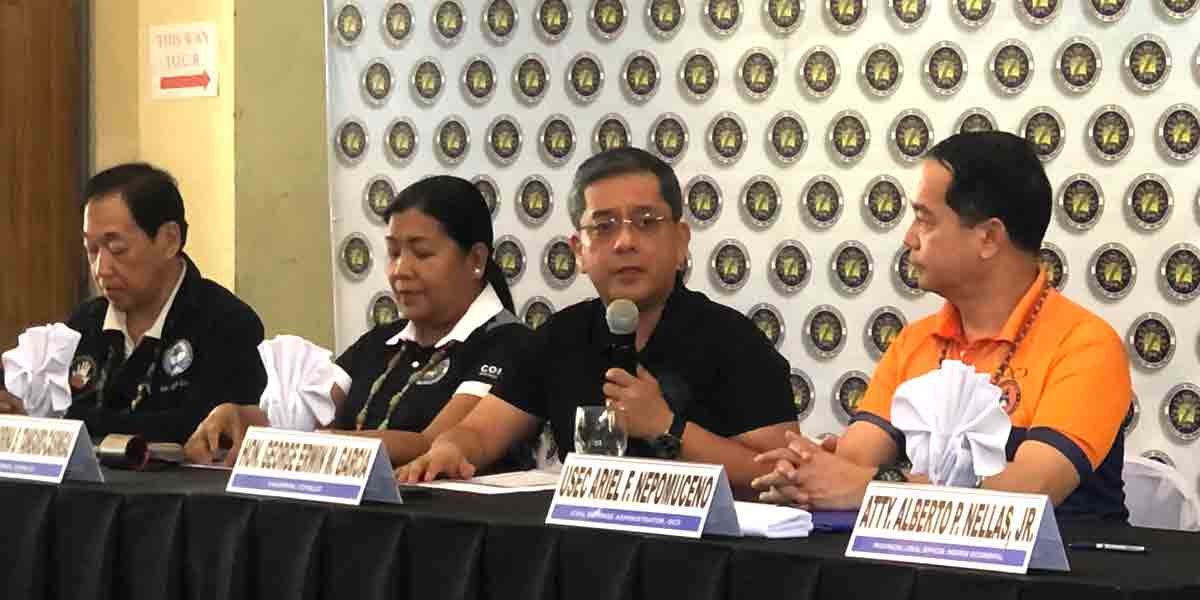
BACOLOD City – In the verdant province of Negros Occidental, known for its sweeping fields of sugar cane and rice, a harsh El Niño has left its mark, scorching the earth and distressing the agricultural community.
As of February 26, the damage to crops had escalated to PHP55.412 million, compelling the provincial government to take decisive action.
The Office of the Provincial Agriculturist (OPA) released a report showing the rice crop damage at PHP55.255 million, with corn plantations suffering losses of PHP157,852.
This blow to the province’s staple crops has not only been a financial strain but also a source of worry for the local farmers who depend on the land for their livelihood.
Governor Eugenio Jose Lacson, understanding the severity of the situation, announced that the OPA is currently in the process of identifying rice farmers eligible for cash assistance.
“These are those planting up to three hectares. They will receive assistance for daily subsistence,” Lacson said.
The governor also noted that rainfed farms, which depend primarily on rainfall, bore the brunt of the dry spell.
Meanwhile, irrigated rice fields are expected to fare better and continue production despite the adverse conditions.
However, for many farmers, the uncertainty of rain leaves their futures hanging in the balance.
In a proactive move, the provincial government has set aside a budget of PHP400,000 for cloud seeding operations—a method intended to induce rainfall and alleviate the dry conditions.
“I still have to hear from the Department of Agriculture on the availability of resources for cloud seeding, but we have set aside a certain amount,” Lacson added.
The detailed OPA report painted a grim picture of the affected areas, revealing that 1,057.54 hectares of rice fields across 10 local government units were impacted.
Kabankalan City farmers faced the steepest losses of PHP22.834 million, with the dry spell affecting 504 farmers.
Other areas, including Cauayan, Ilog, Himamaylan City, Hinoba-an, Hinigaran, Sipalay City, Binalbagan, Moises Padilla, and Isabela, all reported significant damages, with the number of affected farmers ranging from a single farmer in Isabela town to nearly two hundred in Hinoba-an.
Earlier in the month, the Philippine Atmospheric, Geophysical and Astronomical Services Administration had forecasted that Negros Occidental, including Bacolod City, would likely experience drought conditions from the end of February through May.
This forecast has defined a drought as a period of below-normal rainfall for five consecutive months—a condition that threatens to deepen the agricultural crisis.




















